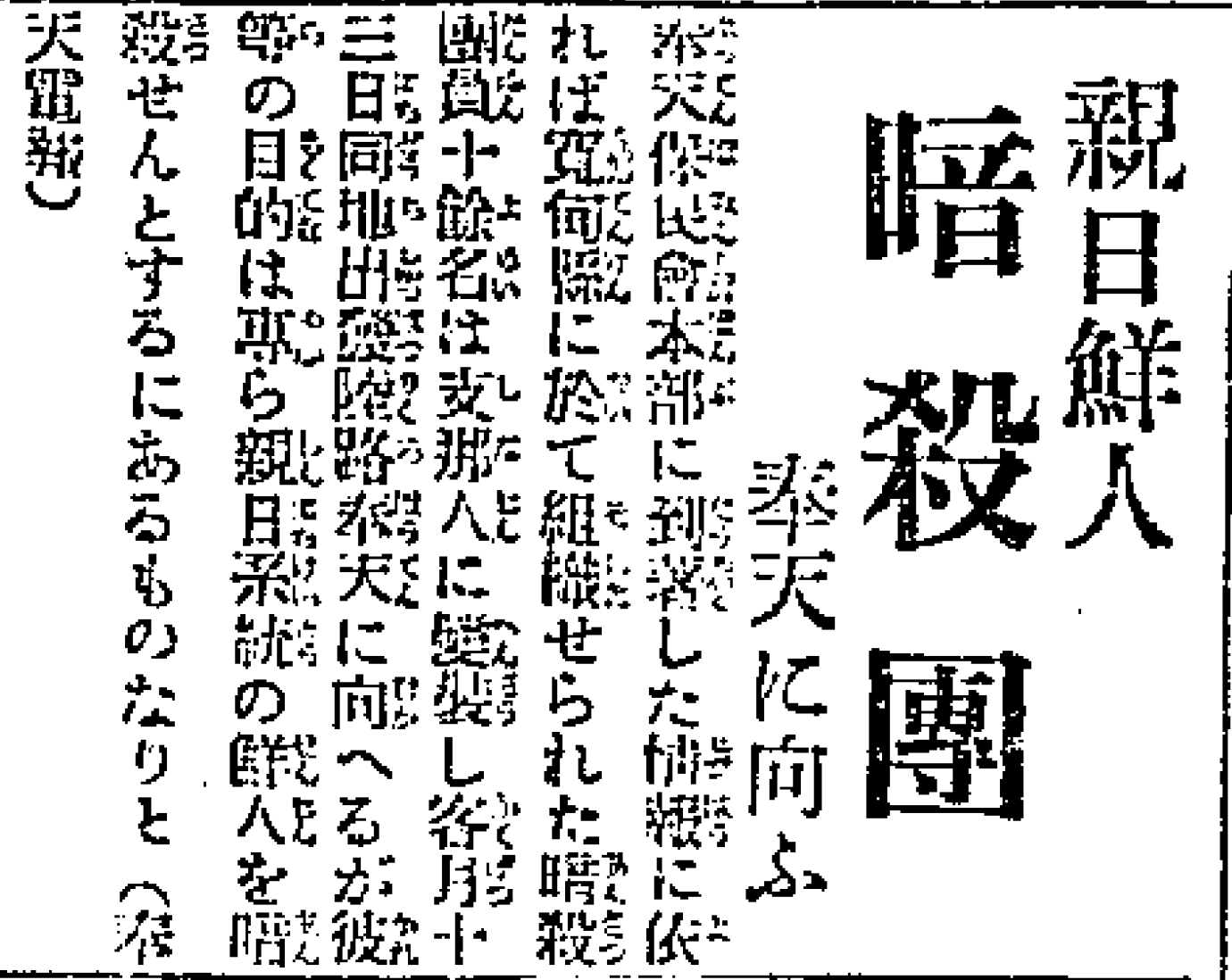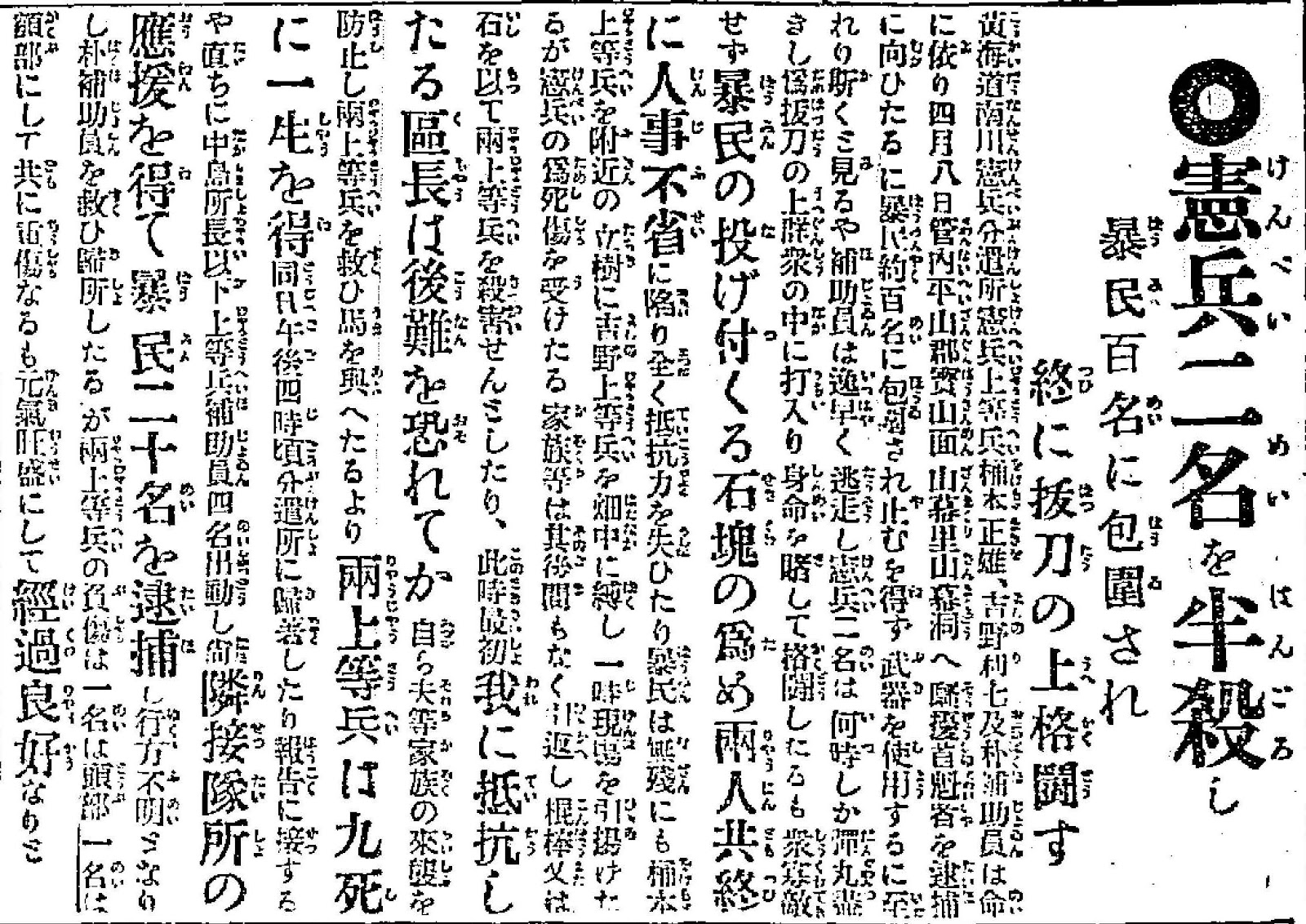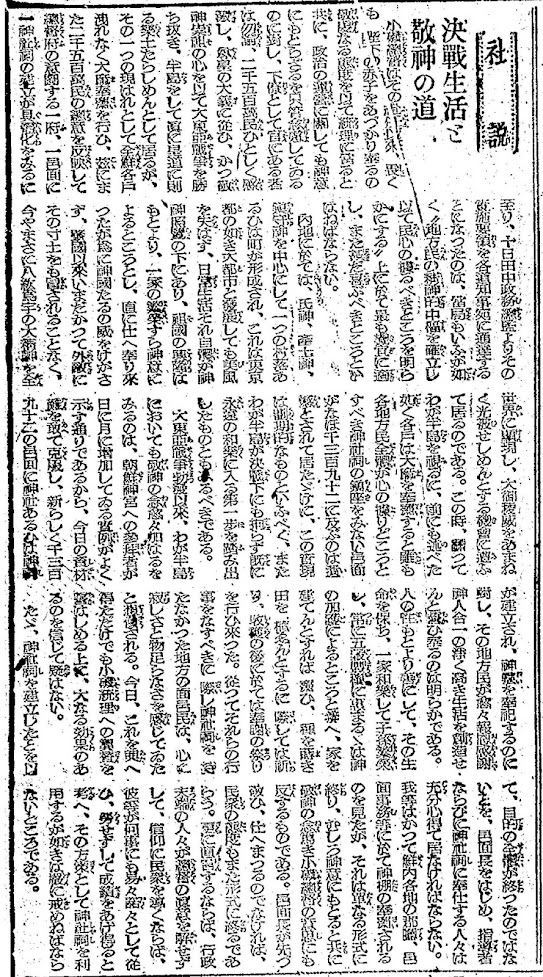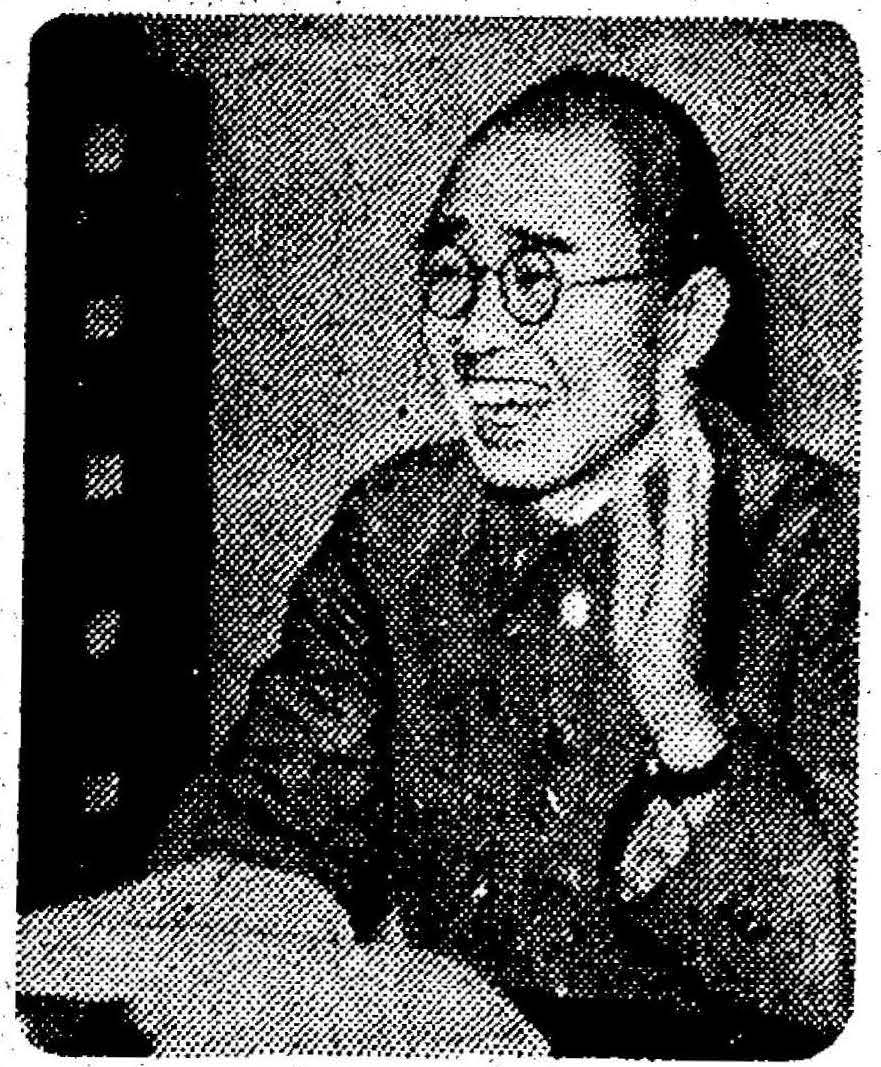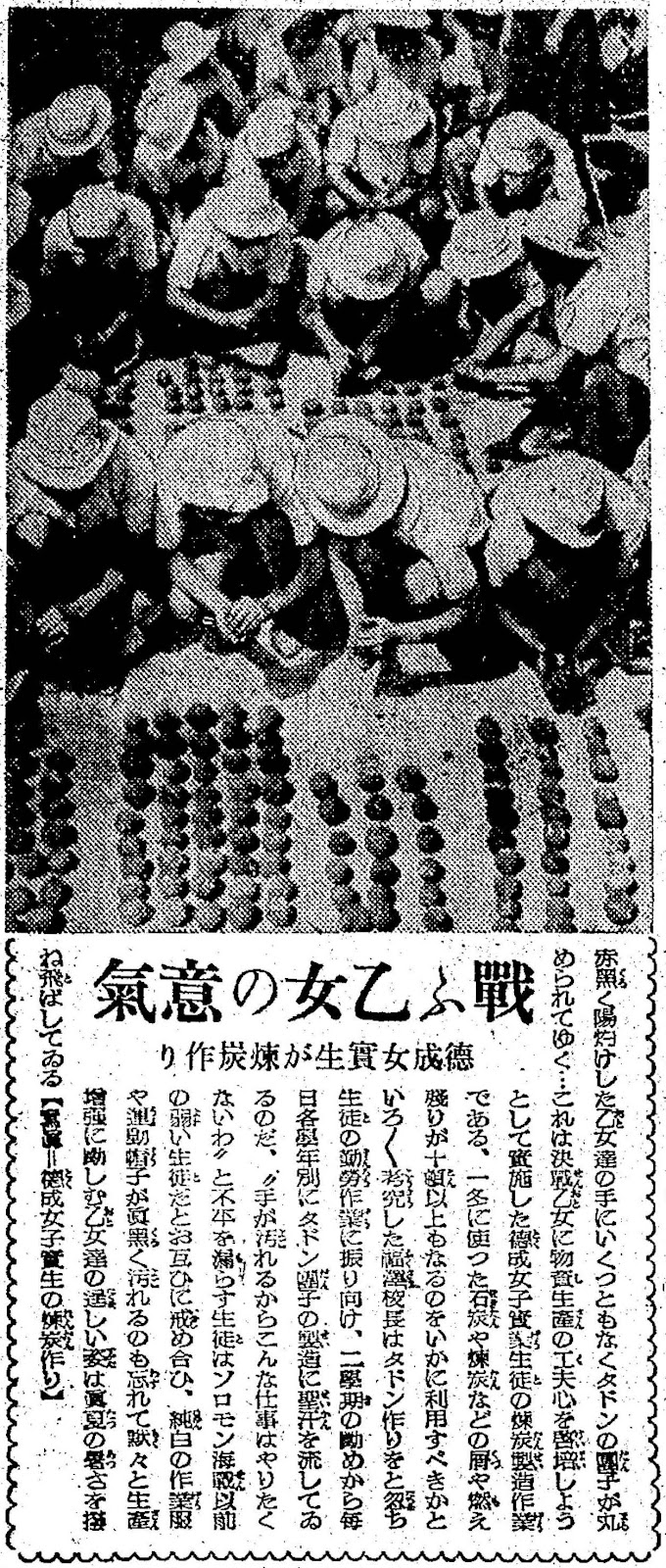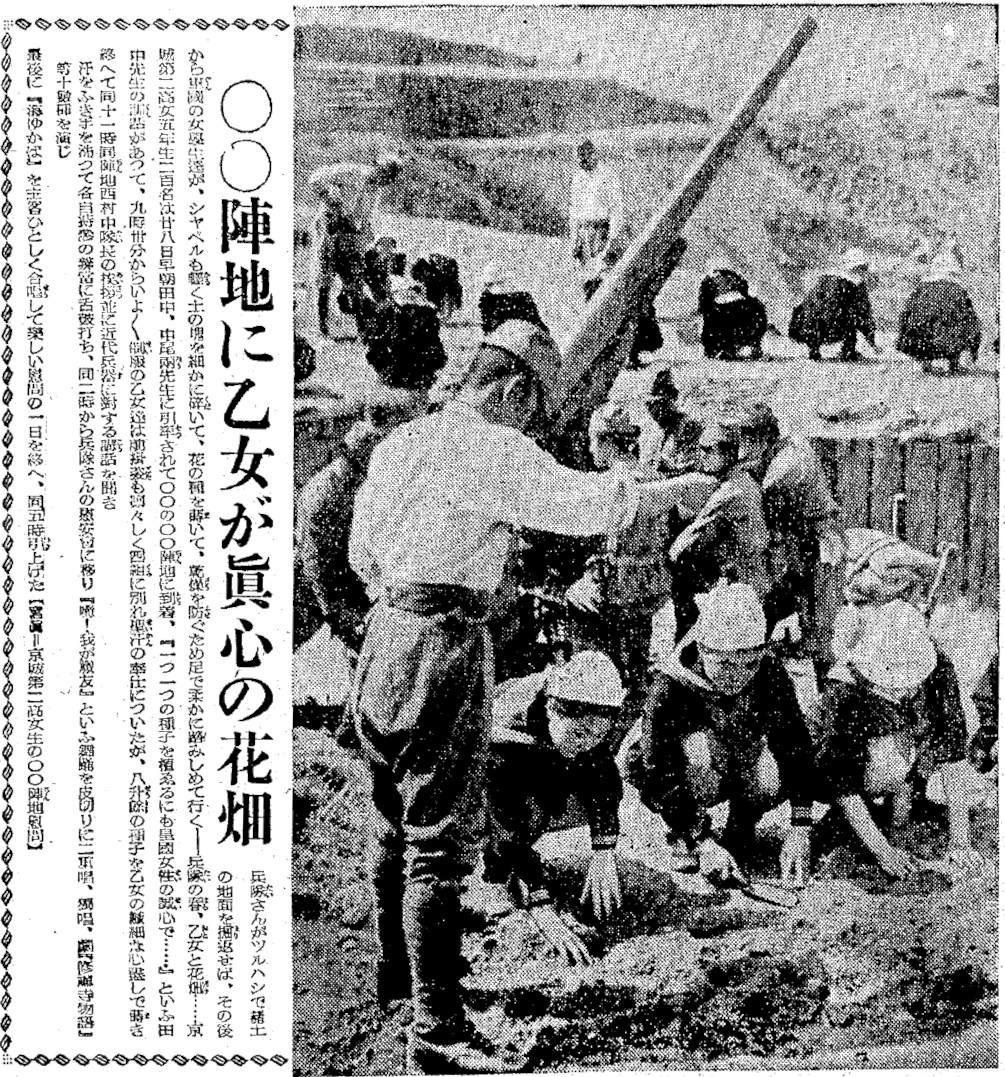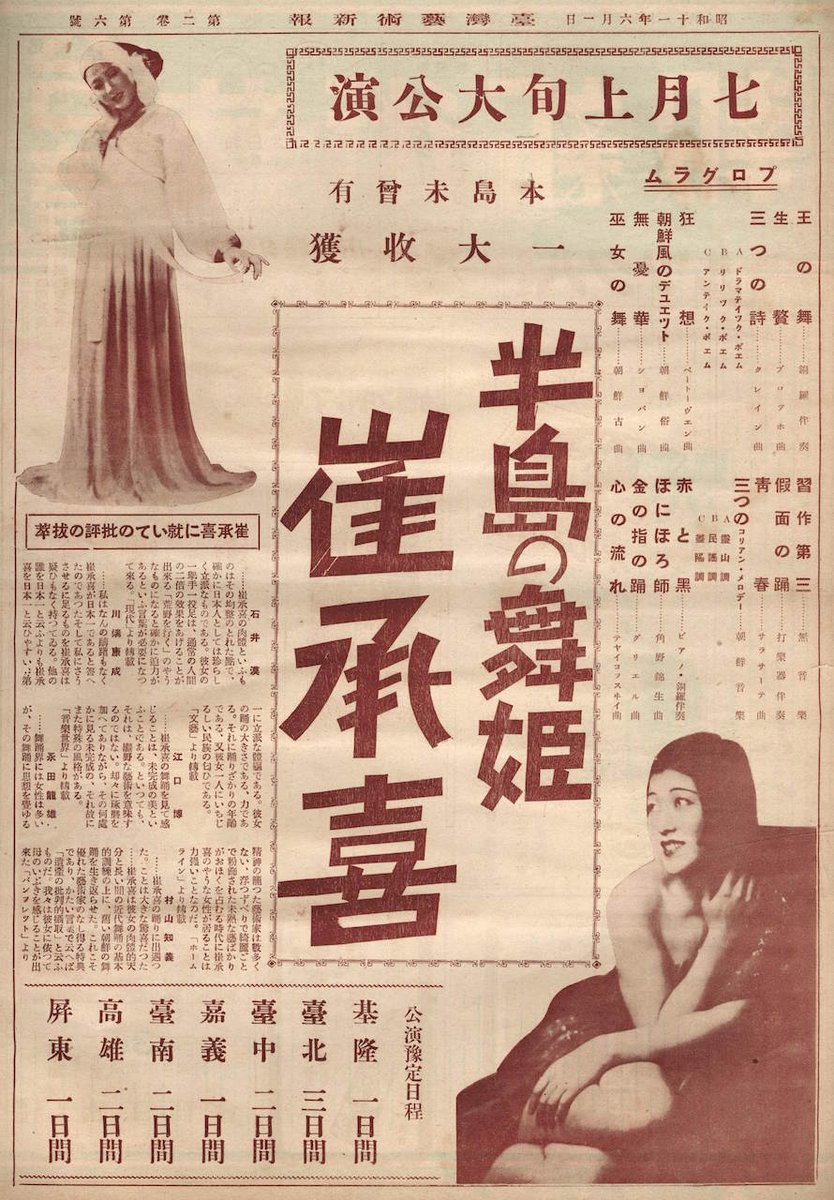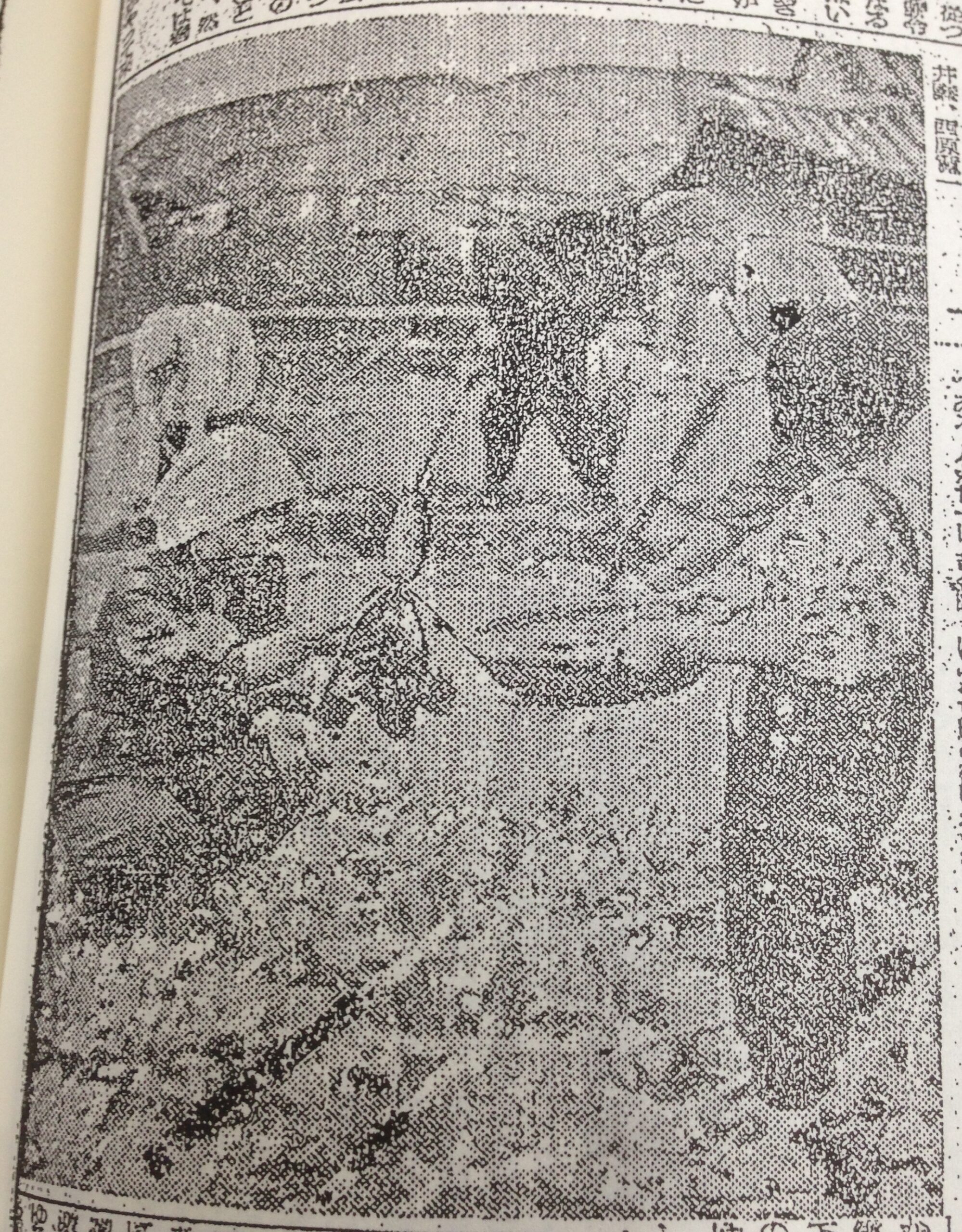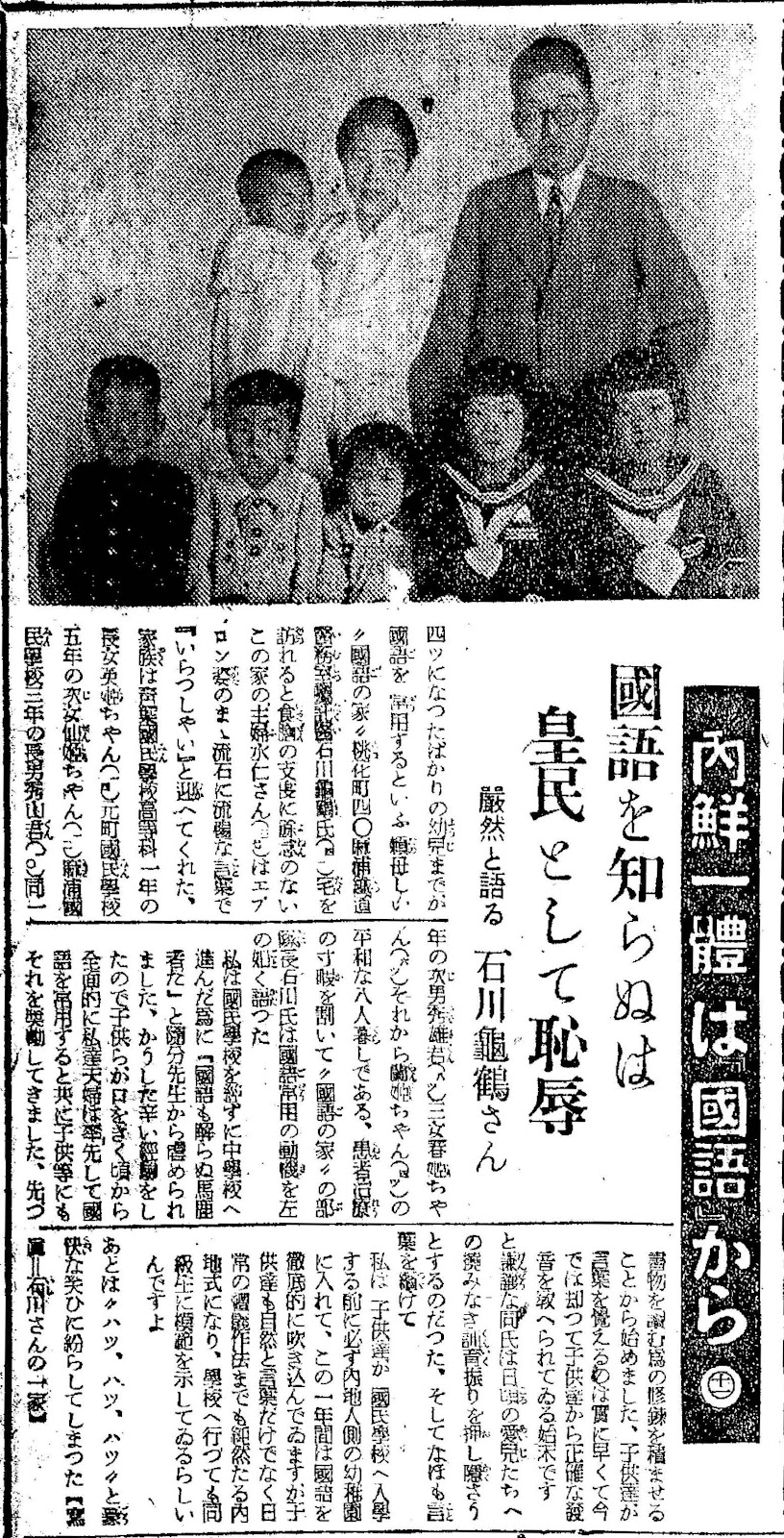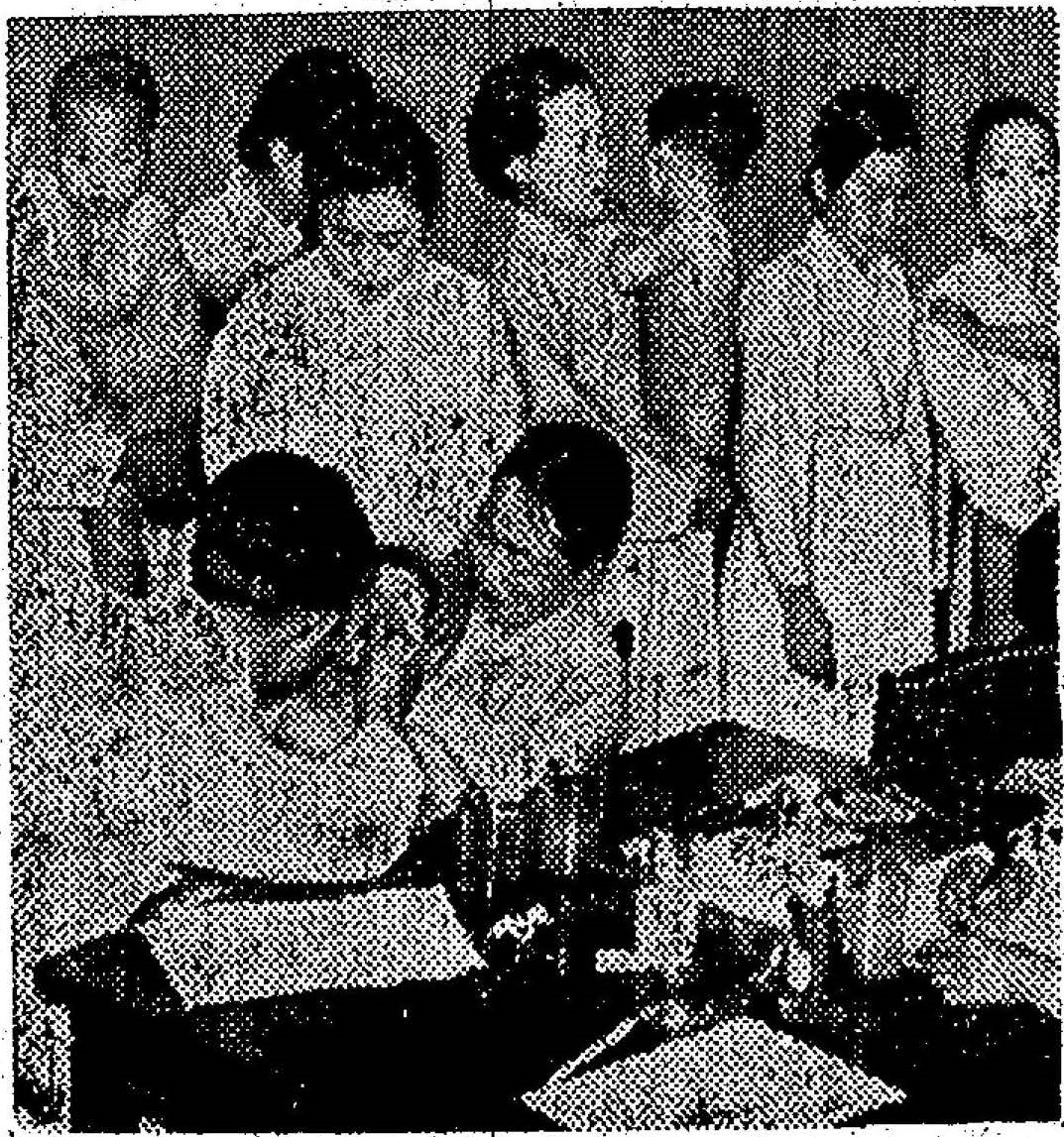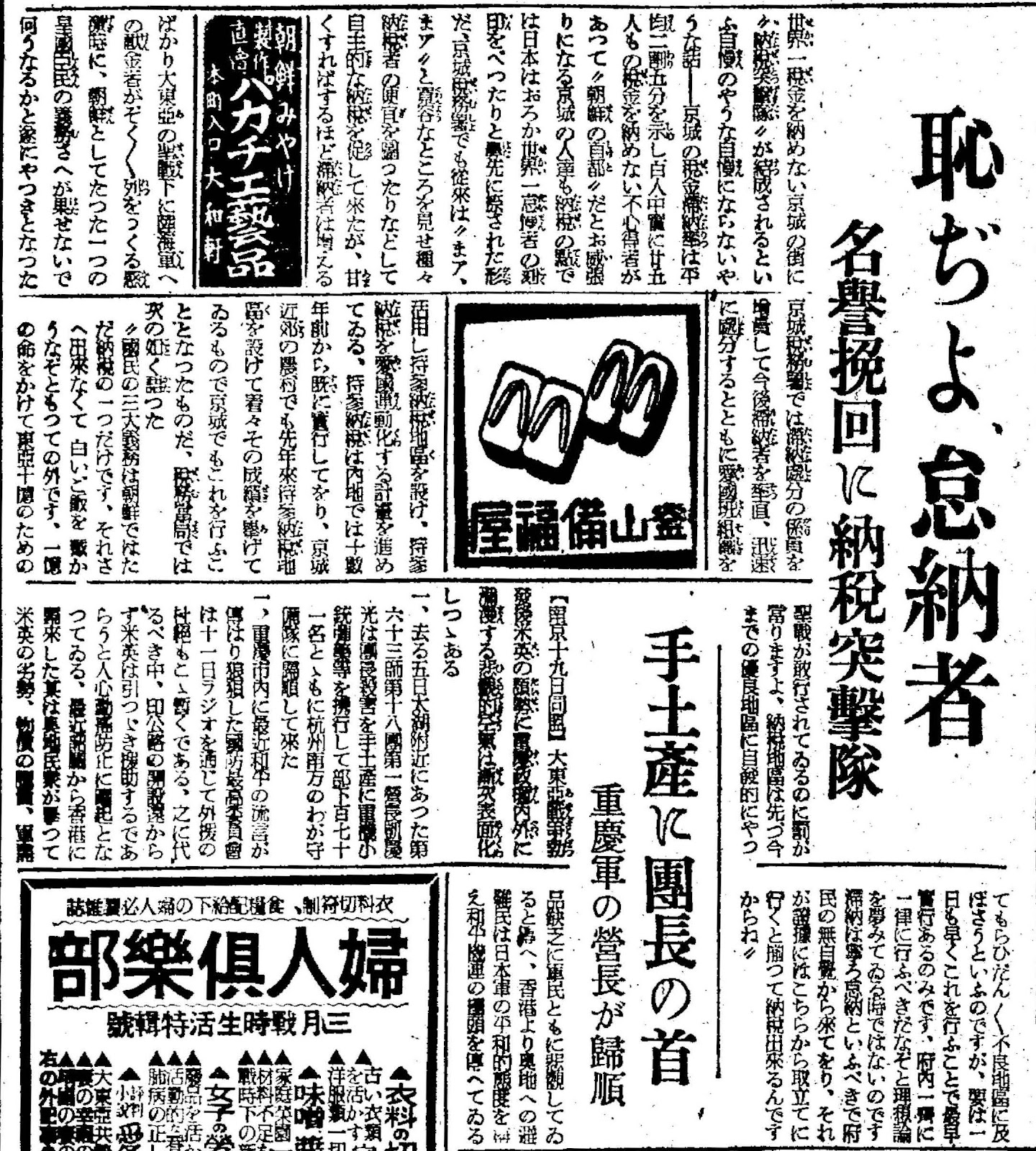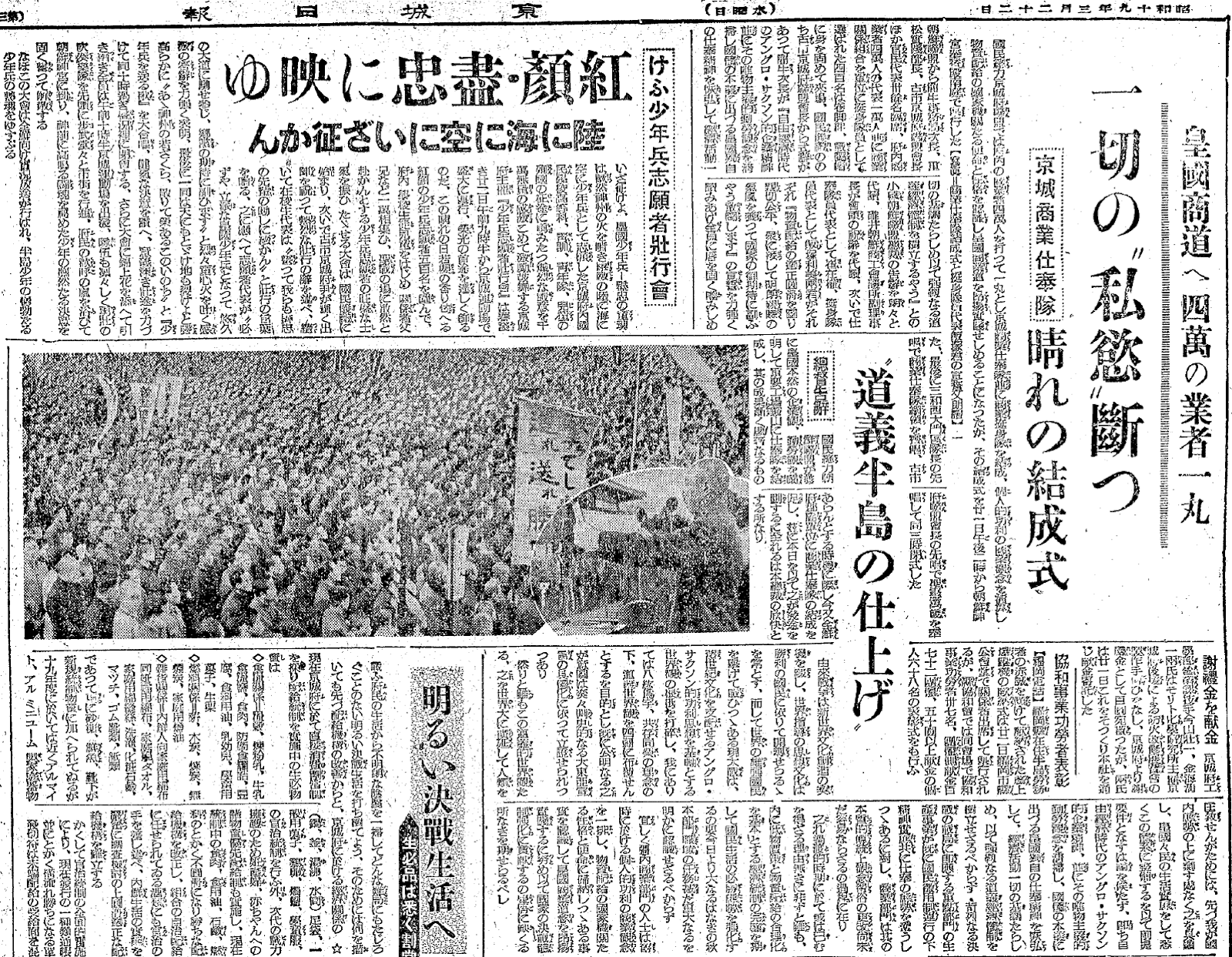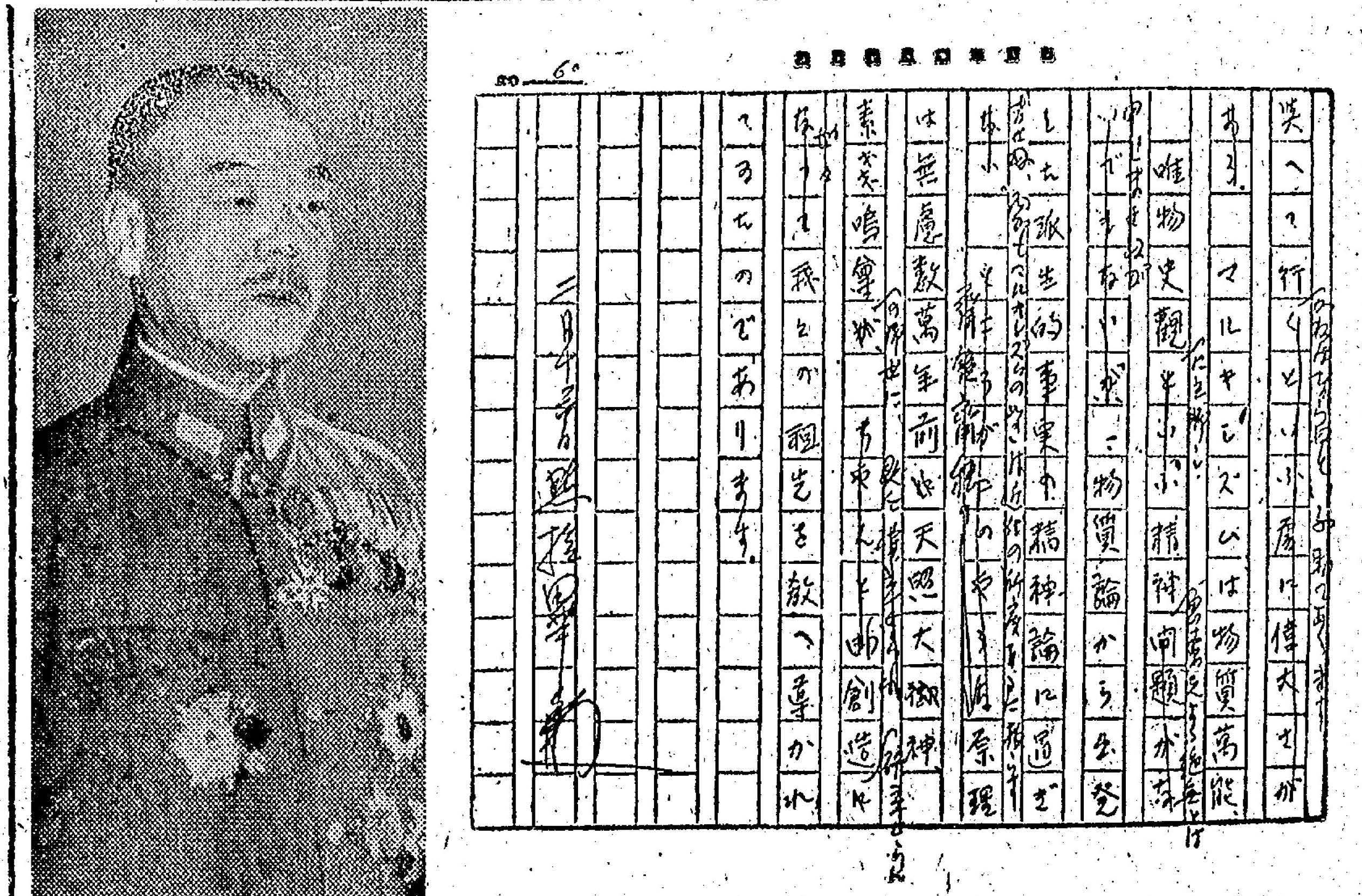Colonial regime made impassioned case for Japanese-Korean Unification in ranting mythological and historical narrative invoking the story of Yeonorang and Seonyeo, Shinto god Susanoo who settled in Silla, Prince Go Yak’gwang and Goguryeo refugees who settled in Musashi, Japan in 717 (April 1944)
2024-01-31
378
2203
A supporter sent me a copy of an extremely interesting wartime propaganda book published in April 1944 by the Imperial Japanese colonial regime which ruled Korea at the time. The 80-page book entitled ‘新しき朝鮮’ (The New Korea) was in remarkably good condition and clearly legible for something that was published 80 years ago. It appears to have been published by the Information Department of the Office of Governor-General Koiso, who was arguably one of the most religiously fanatical of all the Governor-Generals who ever ruled Korea during the Imperial Japanese colonial period. As such, it is a very rare and important snapshot of the official propaganda that was imposed upon the Korean people as of April 1944, during a period of Imperial Japanese colonial rule when the intensity of Japanese-Korean Unification propaganda and State Shinto religious propaganda reached their peak.
‘The New Korea’ reads like a desperate appeal to the Korean people to rally them to the colonial regime’s side, touting the accomplishments of the colonial regime since Annexation in 1910, including agriculture, industrial development, infrastructure, transportation, communications, military development, education, literacy, natural preservation, etc. Many of the arguments presented in this book about these accomplishments sound remarkably similar to modern Japanese far-right historical revisionist arguments defending Imperial Japanese colonial rule over Korea, which suggests that, perhaps, the propaganda published by the colonial regime in Korea was also used to indoctrinate people in mainland Japan.
However, the part of the book that diverges significantly from the modern Japanese far-right narratives is the Japanese-Korean Unification propaganda, which modern Japanese far-right activists generally feel embarrassed about and prefer to avoid as much as possible. The promotional book starts off with the following preface which rants a Japanese-Korean Unificationist historical narrative touting the historical links between Japan and Korea from ancient mythological times through the medieval period, highlighting the various times throughout history when Japan absorbed Korean migrants who eventually became naturalized Japanese people. It essentially politicizes Japanese-Korean history to justify the colonization of Korea by Imperial Japan. Thus, this preface, which was otherwise meant to be a morale booster for the Korean people in the midst of a desperate war, might have actually been highly offensive and demoralizing to Korean readers at the time. For example, I would guess that the passage which celebrates the disappearance of the Arirang, a beloved Korean folk song, would not have been well received by the Korean readership.
In his February 1944 speech, Koiso actually argued that the Korean people were descended from the Shinto god Susanoo, but that line appears to have been quietly walked back in this April 1944 book. Nevertheless, Susanoo is still mentioned in this book to demonstrate the close connection between Korea and Japan. The historical narratives contained in the 1943 articles about Buyeo (April 19/20 articles, April 21 article) also appear to have made their way into this book in condensed form.
[Translation]
Chapter One: Introduction
The Robust Frontline
“Can a country so sad be made, with its continuous mountains of red clay and bald hills?”
As once lamented by a certain poet, the impression and sad reality of Korea, up to twenty years ago or even just a decade ago, was of reddish clay bald mountains and women in white clothes doing laundry. However, how has it changed? In the few decades that followed, not only did the bald mountains turn green, but the rapid transformation of world history and the leap forward in the construction of the Greater East Asia Co-Prosperity Sphere under the Imperial Japanese guidance, leading the billion people of Asia, has completely changed Korea. Korea has risen up as a part of this grand holy work, being nurtured as a logistic base for our continental operations, altering not only its robust appearance but even the very nature of the Korean Peninsula.
Instead of the women in white clothes who once made laundry their day’s work, there are now sincere women of the “Village Labor Service Corps” under its flag, unwaveringly pulling weeds in the fields and cleaning Shinto shrines. In place of the sorrowful melody of “Arirang” flowing through the streets at dusk, brave military songs now march through the cities, accompanied by the firm footsteps of the youth corps. The once desolate hills on the outskirts have been cultivated into factories spewing black smoke from their chimneys. The remaining red clay mountains with their layers are now the battlegrounds for important underground resource development, tirelessly striving day and night for the annihilation of Britain and America. Students and youths, who once lost sight of their hopes in a blurred vision and recklessly sought the opium of misguided thoughts, have now had their souls cleansed by the fierce waves of the holy war. For the first time, they find infinite hope in offering their blood for loyalty only as Japanese people, enjoying the pride of being a leading core nation among the billion people of East Asia. Holding onto the excitement of the day when conscription was announced, they continue to diligently train day and night, preparing for the day they are called, to achieve the honorable position promised to them in the future through their efforts and the fulfillment of their noble duties.
What would the poet who once called Korea a “sad country” now write, facing the fierce spirit and robust reality of this fighting Korea?
Korea is advancing. Its sole goal is “Together with the endless development of Imperial Japan.”
Korea is advancing. Let us momentarily lend our ears to the powerful, majestic, and tidal-like advancing footsteps of the 26 million compatriots.
The Relationship between Japan and Korea
Without even needing to spread out a map, it is evident that Korea is a continental peninsula extending from the Japanese mainland across the Genkai Sea to the Asian continent and Manchuria. However, when examining the histories of both sides, it becomes clear how inseparably connected Korea and the Japanese mainland have been since the divine era three thousand years ago. From the Korean perspective, the true history of Korea arguably begins with its relationship with the Japanese mainland, rather than the adjacent Asian continent. Korea has grown under Japan’s constant protection and has finally returned to the bosom of its nurturing parent.
The legend is well-known… The tale of Susanoo-no-Mikoto in the “Nihon Shoki” is famous. Susanoo, banished from Takamagahara, descended to the land of Silla with his son, Isotakeru, and lived in Soshimori. Later, he crafted a boat from clay and crossed the Eastern Sea to reach the land of Izumo (Regarding the location of Soshimori, there are two theories based on the pronunciation in Korean: one places it at Mount Udu in Chuncheon, Gangwon Province, and the other at Seorabeol, i.e., Gyeongju in North Gyeongsang Province, which was once the capital of Silla). Shinra Myōjin of Ōtsu, revered by Shinra Saburō who is known as the ancestor of the Kai Genji warrior class in our country, is said to have worshipped Manjushri, who is said to have been Susanoo himself.
Furthermore, the land dragging legend, as found in Japan’s oldest geographical record, the “Izumo Fudoki,” is well known. It is also widely known that in the era following Emperor Suinin, a prince of Silla named Amenohiboko, yearning for the holy land of Japan, abdicated his throne to his younger brother, came to Japan, and settled in the province of Tajima. Similarly, Korea has many legends like this. One interesting story deeply related to the Japanese land dragging legend goes as follows:
This event occurred in the fourth year of the reign of King Adalla, the eighth ruler of Silla. On the eastern coast lived a couple named Yeonorang and Seonyeo. One day, Yeonorang went to the sea to collect seaweed and happened to climb onto a rock. This rock, with him on it, drifted all the way to Japan. The people of Japan, upon seeing him, declared, “He is no ordinary man,” and made him their king. Seonyeo, after waiting in vain for her husband’s return, went to the shore and found his straw sandals left on the rock. The same rock then carried her to Japan, where she became the queen alongside Yeonorang.
However, after their departure, Silla lost the light of the sun and the moon and was plunged into darkness. It was said that the spirits of the sun and the moon, which had resided in the country, had departed for Japan. Consequently, the king of Silla urgently sent envoys to Japan to bring them back. But the couple refused to return, saying, “Our coming here is a decree of the heavens.” Instead, they sent back a piece of silk fabric woven by Seonyeo, instructing that it be used to worship the heavens. When the envoys returned to Silla and conducted the celestial worship as instructed, the lost sunlight and moonlight returned as before. The place where this worship was performed was named Yeongilhyeon (영일현, 迎日縣).
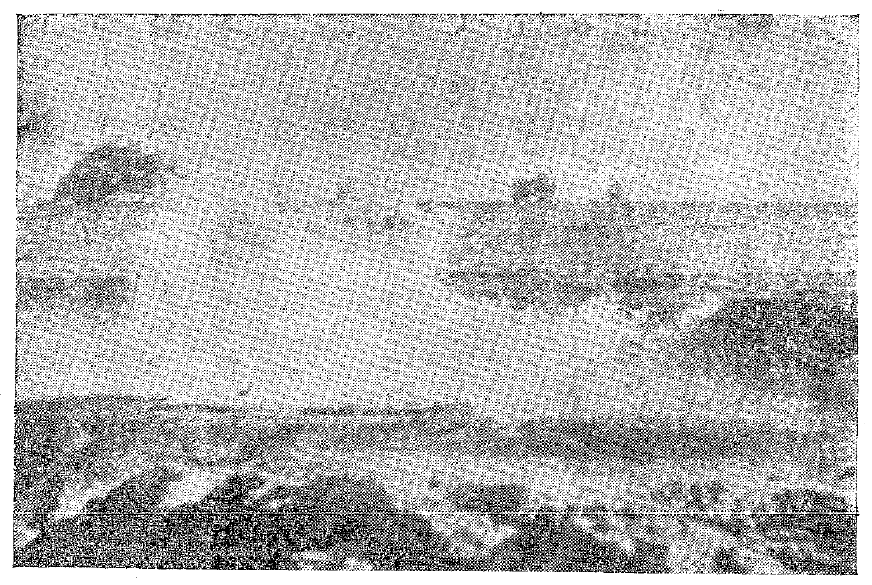
History Speaks…
Beyond legends, the deep interactions between Japan and Korea, as clearly narrated by historical facts, have always been evident. Throughout the Three Kingdoms period, the Unified Silla period, the Goryeo era, and up to modern times in Korea, it is apparent that the two have always had an inseparable relationship, akin to lips and teeth. This was not merely a diplomatic relationship bound by friendship or goodwill. Korea, constantly threatened by invasions from northern tribes on the continent, grew under the protection of Japanese power. Moreover, Japan’s ideal of founding a nation encompassing all under heaven, with Korea solidly established as a forward base for continental operations, can be described as a relationship of shared destiny and blood ties.
For Japan, the Korean Peninsula has always been a bridge to the Asian continent. This is a geographical absolute, unchanged in the past and present. Now, as the grand project of building the Greater East Asia Co-Prosperity Sphere steadily progresses, the Korean Peninsula’s critical role as a logistic base is more apparent. It was natural for it to have played a role as the sole route of influx during the era of absorbing continental culture. Moreover, the direct and significant influence of Korea on Japanese customs, thoughts, industries, arts, and other aspects of life is an undeniable fact, evident without needing extensive evidence. Japan assimilated and digested these cultures on the basis of its consistent traditions, creating a unique and magnificent culture of its own.
Meanwhile, this led to a continuous influx of cultural figures from the Asian continent and people yearning for the beautiful peace and divine nation of Japan, resulting in their naturalization. Among them, the largest number of naturalized citizens were Koreans, which seems only natural given the geographical relationship. Especially after the collapse of Baekje and Goguryeo, which had integral ties with Japan, many of their people who refused to submit to Tang China or Silla sought asylum in Japan. According to our records, initially, the naturalized people from Silla, Goguryeo, and Baekje were settled in the eastern regions. In the third year of the reign of Empress Genshō (717 c.e.), 1,799 people from Goguryeo scattered across the Kanto and Chubu regions were relocated to Musashino (in Iruma District, Saitama Prefecture), and the Koma District was established. The leader of these people from Goguryeo, Go Yak’gwang, was granted the surname “Ō (王)” by Emperor Monmu and was subsequently enshrined as the Fifth Shirahige Myōshin. The Koma Shrine still exists in that area, and its current chief priest is the fifty-seventh descendant of Go Yak’gwang.
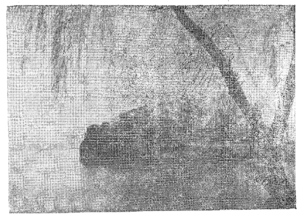
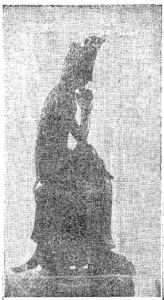
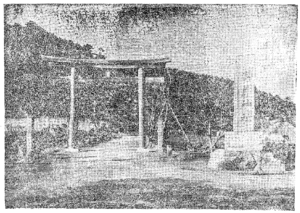
Furthermore, there are over 300 place names in mainland Japan named after these naturalized residents, and a considerable number of shrines are believed to enshrine Koreans. In the early Heian period, in the sixth year of Emperor Saga‘s reign (815 c.e.), the newly compiled “Shinsen Shojiroku” was created by Imperial command. It compiled the genealogies of 1,177 distinguished families in both capitals and the five provinces of Kinai. At that time, genealogies were broadly classified into three categories: Imperial descent (descendants of emperors), divine descent (descendants of deities from the age of the gods, excluding Imperial family members), and foreign descent (naturalized people). Among these 1,177 families, the fact that 326 were of foreign descent illustrates how naturalized citizens were favored in our country. This shows that there have been many descendants of naturalized Koreans among the well-known figures of our country, from ancient times to the present.
[Transcription]
第一章 序説
逞しき前線
禿山の赤土山の山つづき悲しき国をつくれるものかな
曾て某歌人が嘆いた如く、赭土色の禿山と洗濯する白衣婦人、これが二十年前或は十数年前までの朝鮮の印象であり悲しい現実でもあった。それがどうであろうか、其の後僅か十数年の時の流れが単に禿山を緑と化したばかりでなく、急激に転換する世界歴史の飛躍は、御稜威の下アジア十億の民を率いて起つ皇国日本の大東亜共栄圏建設という大いなる聖業の進展と共に、その一環として起ち上がった朝鮮を我が大陸経営の兵站基地として育て上げ、今やその逞しい姿だけでなく半島朝鮮の性格そのものまでも一変してしまったのである。
そこには洗濯を一日の仕事とした白衣婦人の代りに「部落勤労奉仕隊」旗の下に田の草取りや神祠の清掃にわき目もふらぬ婦人達の真摯な姿があり、また黄昏の街を流れるアリランの哀調に代って勇壮な軍歌が、青年隊の大地をしっかと踏みしめる靴音と共に市街を行進してゆく。郊外の荒廃した丘陵は切り拓かれて工場の煙突が黒々と煙を吐き、所々に残る赤土山の断層は、日夜ひたすら米英撃滅を目ざして敢闘する重要地下資源開発の生産戦場なのだ。曾ては自らの希望を混濁せる視野の中に見失い、誤れる思想の阿片を自棄的に求めた学生層と青少年達は、いま烈しい聖戦の荒浪に魂を洗われ、はじめて日本人として殉忠の血を捧げることによってのみ東亜十億の指導的中核民族たるの誇りを享受し得るという無限の希望を見出し、将来に約束されたその栄誉ある地位を自らの努力と貴い義務の遂行によって獲得すべく、徴兵制実施に爆発させたあの日の感激を其の儘しっかと抱いて、召される日に備えて日夜たゆみなき錬成に精進を続けている。
曾て「悲しき国」と詠んだ歌人は、今この戦う朝鮮の烈しい気魄と逞しい現実を直視して果してなんと詠むであろうか。
朝鮮は前進する。その目標はただ一つ「皇国日本の無窮の発展と共に」
朝鮮は前進する。堂々とそして力強い二千六百万同胞の潮のような前進の跫音に、我々はしばし耳をすまそうではないか。
内鮮の関係
改めて地図を拡げてみるまでもなく、朝鮮は日本本土と玄海灘を距てて満州大陸に続く大陸半島である。然しその両方の歴史を繙いてみるときに三千年前の神代から現在に至るまで朝鮮と日本内地とが如何に一体不離の関係に結ばれてきたか。それを朝鮮側からみるときは、真の朝鮮史は寧ろ陸続きの大陸より海を距てた日本内地との関係にはじまり、絶えざる日本の庇護の下に成長して今日遂に育ての親の懐にかえった、ということが出来るのである。
伝説にきく...日本書紀に見える素戔嗚尊の説話は余りに有名である。高天原を追われになった素戔嗚尊がその子五十猛神と共に新羅の国に下り、曾尸茂梨に居られたが、後更に埴土を以て舟を作り東の海を渡って出雲の国に赴かれたというのである。(曾尸茂梨の地については、現在朝鮮語の発音から江原道春川の牛頭山という説と、蘇那伐、即ち昔時新羅の都であった慶尚北道慶州という説と二つある)我が国武門の名家甲斐源氏の祖として知られる新羅三郎が尊崇した大津の新羅明神は、この素戔嗚尊の本身文珠大士を祀ったものといわれる。
また日本で最も古い地理書である出雲風土記に見える国引の伝説や、垂仁天皇の後世新羅王子天日槍が、聖天子の国日本にあこがれて王位を弟に譲って来朝し、但馬の国に住んだという話は既に広く知られているが、一方朝鮮にもこれに似た伝説は可なり多い。その一つに、日本側の国引説と深い関係ある次のような興味ある話が伝えられている。
新羅の第八代阿達羅王の四年のことである。東海の浜に延烏郎、細烏女という夫婦が住んでいた。延烏郎はある日海に藻をとりに行った時ちょっと巌の上に乗ったところがその巌が彼を乗せた儘日本に行ってしまった。日本の人達は彼をみて「これは尋常な人ではない」と言ってその土地の王様にしてしまった。細烏女はいくら待っても夫が帰って来ないので海辺に行って見ると巌の上に夫の草鞋が脱いであった。その巌は亦彼女を日本に居る延烏郎の許に運び、細烏女はそこで王妃になった。ところがこの二人が去ると新羅は日や月の光がなくなり真っ暗になってしまった。その時「この国にあった日や月の精が日本に去ってしまったからだ」と言う者があったので、新羅の王は早速使を日本にやって二人を帰らせようとした。然し二人は「自分がここに来たのは天の命である」と言って遂に帰らず、細烏女の織った絹の布を渡して、これで天を祭るように言った。そこで使は新羅に帰ってこの旨を王に復命して言われた通りに天を祭ると、失われた日や月はまたもとの如く光り明るくなった。その祭った所を迎日県と名付けた。
歴史は語る...伝説以後に於ける日本と朝鮮の深い交渉は史実が判然りと物語る通り、三国時代、新羅一統時代、高麗時代を経て近世朝鮮に至るまで、その間幾多波瀾消長こそあれいつの時代を通じてみても常に両者は唇歯の関係にあったことは明らかである。それは単なる友好とか親善とかいう外交的関係に結ばれたものではなく、絶えず大陸からの北方民族の侵略に脅かされる朝鮮が、日本勢力の庇護によって生長し、また八紘を掩うて宇と為す日本肇国の理想が、その大陸経営の前進基地として朝鮮に確固たる根拠を置いたところの所謂同生共死の関係に結ばれた血縁であるといえる。
日本にとって朝鮮半島は大陸へのかけ橋である。これは昔も今も変わらない地理的絶対条件である。大東亜共栄圏建設の大事業が着々と進展する現在、その兵站基地たる重大使命を果たしつつある半島が、曾つて大陸文化の吸収時代にその唯一の流入ルートとしての役割を有したことはむしろ当然であろう。そして日本の風俗、思想、産業、芸術その他生活様式の一切に亙って朝鮮が直接的に大きな影響をもたらしたことは、幾多の考証を持ち出すまでもなく動かすことの出来ぬ事実である、日本は一貫する伝統の上にこれらの文化を摂取咀嚼し日本化することによって一つの偉大な日本固有の文化をつくり上げ、それを身につけたのであった。
一方これは大陸の文化人と、美しい平和と神の国日本に憧れる人々の続々たる来朝となり、その帰化をもたらした。その中でも朝鮮人の帰化者が最も多数を占めたことは、地理的関係からむしろ当然であろう。特に日本と一体的関係にあった百済や高句麗の滅亡後、唐や新羅に服することを潔としないその遺民が日本に亡命する者が多かった。我が国の記録によると新羅、高句麗、百済の帰化人を最初東国地方におかれたが、元正天皇の霊亀三年(1377年)には関東、中部地方に散在する高句麗人千七百九十九人を武蔵野(埼玉県入間郡)に移して高麗郡を建てさせたとある。この高麗人の統率者であった人が、文武天皇から「王」という姓を賜わり、従五位下白髭明神として祀られる王若光で、その地には今も高麗神社があり、現在同神社の神主は王若光より五十七代の後裔に当る。
この他内地各地には、これら帰化人の住んだことに因んで名付けられた地名が三百を超え、朝鮮人を祀ったと考えられる神社も相当にある。
また平安朝時代の初め、嵯峨天皇の弘仁六年(1475年)に勅命によって出来た新撰姓氏録は、左右両京及び畿内五ヶ国に籍を有する名家千百七十七氏が系図を作り、それを整理したものである。当時は系図を大別して、皇別(天皇より分かれたもの)、神別(神代の神々の後裔の内皇族を除いたもの)、諸蕃(帰化人)の三つとしていたが、その千百七十七氏の中、諸蕃が三百二十六氏を数えられることによっても如何に我が国に於いて帰化人が優遇されたかが判り、昔から現代に亙って我が国知名人に多数の帰化朝鮮人の後裔があるのである。
Captions:
雄大な東海岸の風景(江原道海金剛附近)
百済滅亡の際、王朝と運命を倶にした宮女二千が落花の如く水中に投じたという扶余の自温台落花巌と白馬江の流れ
百済時代の仏像(奈良法隆寺の百済観音像と全く同じ)
高麗神社(埼玉県入間郡所在)
Source: 朝鮮総督府情報課編纂 [Chōsen Sōtokufu Jōhōka Hensan (Compilation by the Information Department of the Governor-General’s Office of Korea)]. 新しき朝鮮 [Atarashiki Chōsen (The New Korea)]. 京城府中区太平通二ノ四三: 日本出版配給株式会社, 昭和十九年四月二十五日 [Keijōfu Nakaku Taiheidori 2-43: Nihon Shuppan Haikyū Kabushiki Kaisha, April 25, 1944].

